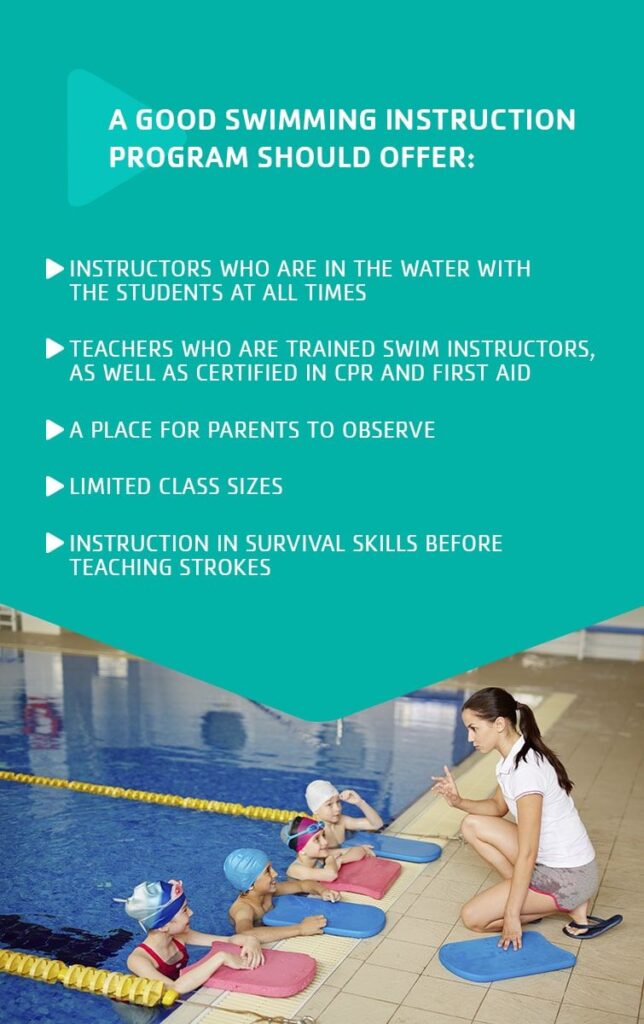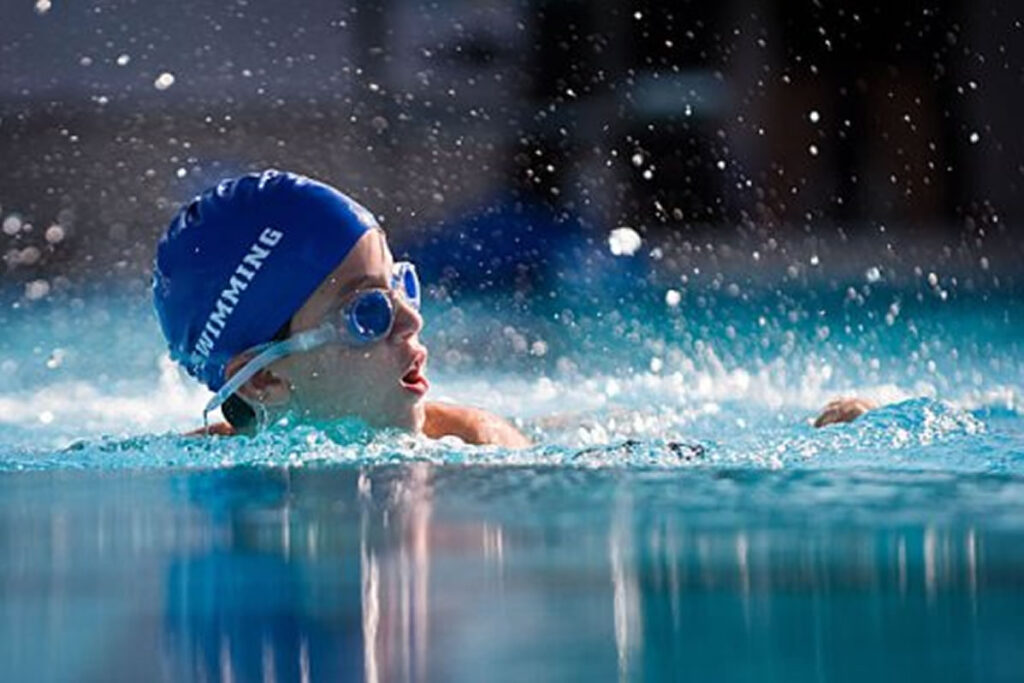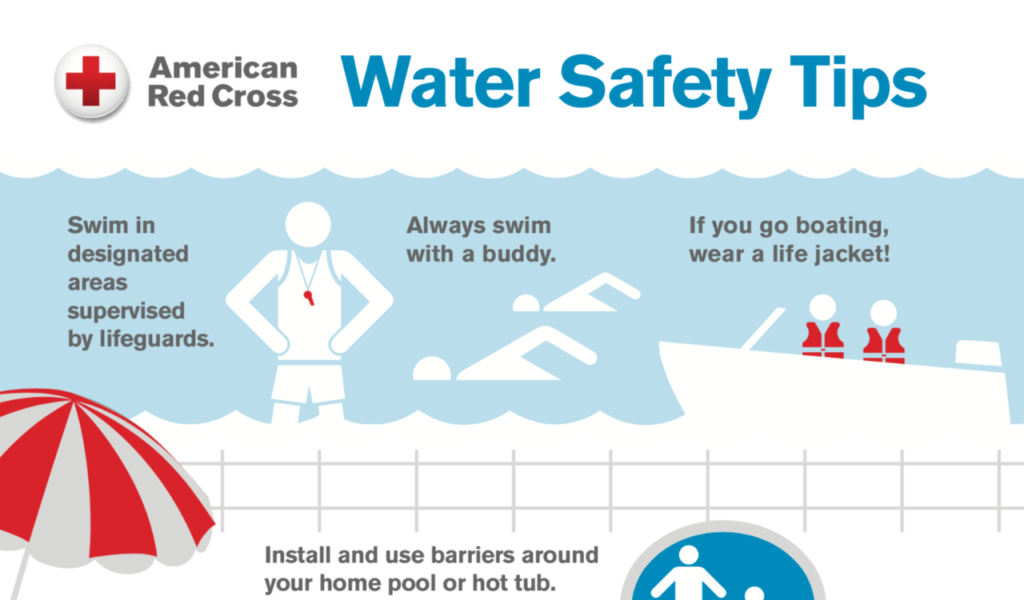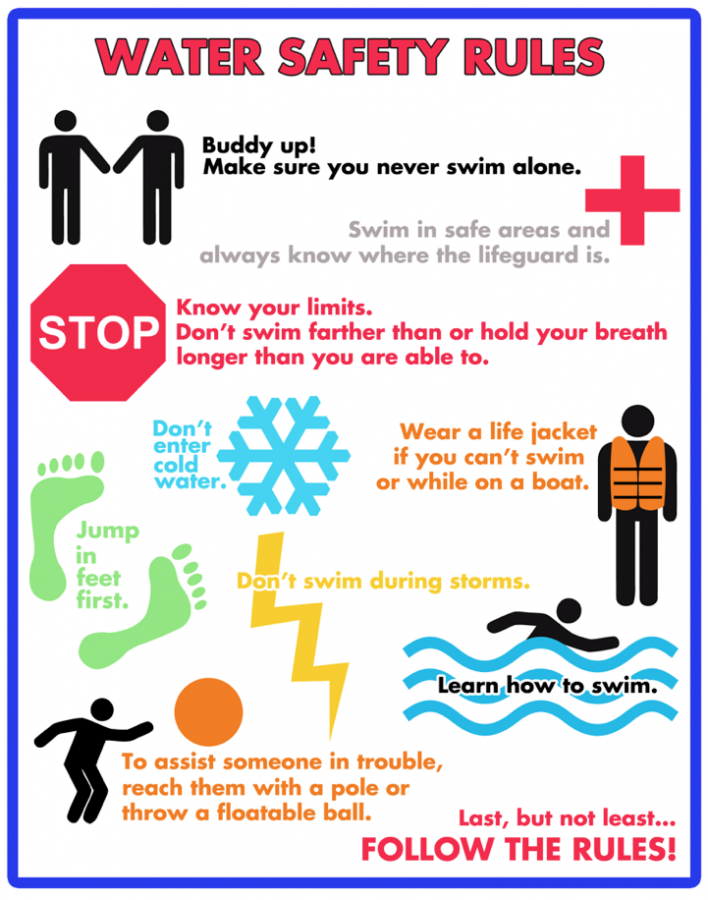
When it comes to participating in competitive water sports, it’s crucial to prioritize safety above all else. Whether you’re a seasoned athlete or trying out a new aquatic endeavor, taking the right precautions can make all the difference. From wearing the appropriate gear to staying aware of your surroundings, this article will guide you through the essential safety measures that you should keep in mind to ensure a safe and enjoyable experience in the water.
Essential Safety Precautions for Participating in Competitive Water Sports
Competitive water sports can be thrilling and exhilarating experiences, but it is important to prioritize safety to ensure a fun and secure environment for all participants. By following essential safety precautions, you can minimize risks and enjoy your favorite water sports with peace of mind. Here are ten key safety measures to keep in mind before diving into the world of competitive water sports:

This image is property of gwrymca.org.
1. Proper Equipment and Gear
Before engaging in any water sport, it is crucial to ensure that you have the appropriate equipment and gear. This includes but is not limited to wetsuits, helmets, goggles, life jackets, and swim caps. Each sport may require specific gear, so make sure to consult with experts or experienced athletes to ensure you have the necessary equipment for safe participation. Ill-fitting or inadequate gear can increase the risk of accidents or injuries, so take the time to invest in high-quality equipment.
2. Physical Fitness and Training
Maintaining a good level of physical fitness is imperative for participating in competitive water sports. Engaging in regular exercise and conditioning activities specific to your chosen sport can enhance your performance and reduce the risk of injury. Seek professional guidance if needed, as trainers can help tailor exercises to meet your sport-specific needs. Remember, a well-conditioned body is more resilient and can withstand the rigorous demands of competitive water sports.
3. Checking Weather and Water Conditions
One of the most crucial safety precautions to take before embarking on any water sports activity is checking the weather and water conditions. Make it a habit to consult weather forecasts and inquire about current water conditions. Be mindful of factors such as tides, currents, water temperature, and visibility. Avoid participating in water sports during severe weather conditions, storms, or in waters with known hazards. Stay updated on any changes throughout your activity to ensure your safety.
4. Knowing and Following Rules and Regulations
Every water sport has specific rules and regulations in place to ensure the safety of participants. Familiarize yourself with these guidelines before participating in competitive events. Whether it pertains to right-of-way rules in sailing or diving depth restrictions, adhering to these regulations is vital to prevent collisions, accidents, or disqualifications. Abiding by the rules not only keeps you safe but also promotes a fair and enjoyable competition for all athletes.

This image is property of texasswimacademy.com.
5. Taking Swim Lessons and Learning Water Safety Skills
Competitive water sports often require a high level of swimming proficiency. If you haven’t had formal swim lessons, consider enrolling in one before participating. Learning proper swimming techniques and water safety skills such as treading water, swimming long distances, and understanding rescue strategies are essential for your safety. Additionally, training in controlled environments such as swimming pools offers a safer space to develop your skills before venturing into open water competitions.
6. Using Personal Flotation Devices (PFDs)
Wearing personal flotation devices (PFDs) is a crucial safety measure, particularly for water sports that involve activities such as kayaking, canoeing, or stand-up paddleboarding. PFDs provide buoyancy and can be lifesaving in emergencies or situations where exhaustion impairs your ability to swim. Even if you are a skilled swimmer, wearing a PFD is highly recommended. Choose a PFD that is suitable for your sport and always ensure it is properly fastened and securely fitted.

This image is property of www.patientfirst.com.
7. Communication and Emergency Preparedness
Communication is essential for maintaining safety during water sports activities. Ensure you have a reliable means of communication, such as a waterproof phone case or a whistle, to signal for help if needed. Familiarize yourself with emergency protocols and contact information for local authorities or lifeguards. Additionally, it is advisable to inform someone trustworthy about your plans, including your intended water sports activity, location, and expected return time. This way, in case of an emergency, help can be alerted promptly.
8. Avoiding Alcohol and Substance Use
It should go without saying, but it is crucial to refrain from alcohol or substance use before and during participation in competitive water sports. Alcohol and drugs impair judgment, coordination, and reaction time, increasing the likelihood of accidents and fatal incidents. Stay focused, alert, and completely sober while engaging in any water sports activities. Save the celebrations for after you have returned safely to shore.

This image is property of www.redcross.org.
9. Proper Supervision and Buddy System
Never underestimate the importance of proper supervision and utilizing a buddy system while participating in competitive water sports. Pairing up with a fellow athlete or having a designated observer can greatly enhance safety. They can provide assistance in case of emergencies, watch out for any signs of distress, and provide support when needed. Always swim or engage in water sports in designated areas where there are lifeguards or experienced individuals overseeing the activity.
10. Regular Maintenance and Inspection of Equipment
To ensure maximum safety, it is vital to regularly inspect and maintain your equipment. Check for any signs of wear and tear, ensure proper functioning, and promptly replace any damaged gear. Inspecting your equipment before each session or competition will help identify any potential issues that could compromise your safety. Additionally, follow the manufacturer’s guidelines for maintenance and keep your equipment clean to prolong its lifespan and performance.
By implementing these essential safety precautions, you can minimize risks and create a secure environment for yourself and other participants in competitive water sports. Remember, your safety should always be your top priority. So, when preparing for your next water sports adventure, take the time to prioritize these precautionary measures and enjoy your thrilling experiences with confidence!

This image is property of thecrimsonwhite.com.

